Salt 101: What Type of Salt should I use?
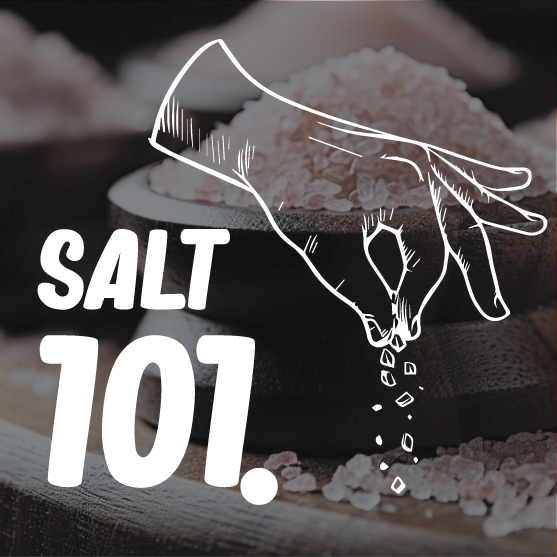
Salt can come in many different varietites and types, and as a central element to cooking, spices, and flavour, we think it's important for people to understand the nuanced differences between varieties. Whether that be for the using for cooking, for finishing, or in marinades, flavour mixs and brines. understanding the similarities, and differences, and when to use particular salts, may help you elevate your cooking knowledge further, to create better dishes and practice.
Understanding Salt Varieties
1. Table SaltTable salt, with its very small granule size, is a versatile kitchen companion. It is often iodized, making it a budget-friendly option for everyday use. However, due to its susceptibility to lumping from moisture absorption, it's best suited for brines, cooking, and making rubs where a fine texture is desired. It's worth noting that table salt almost always contains additives.
|
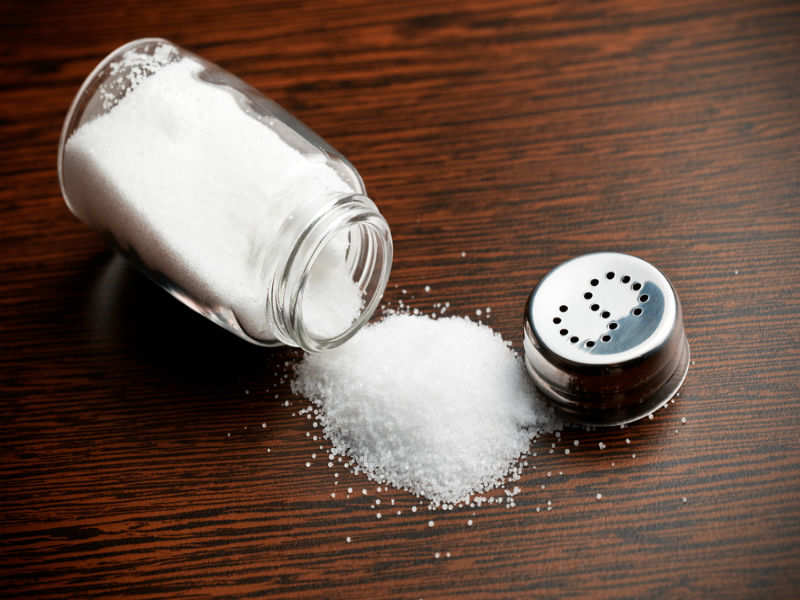 |
2. Coarse/Rock SaltRanging from 2-5 mm "chunks," coarse or rock salt is ideal for salt grinders, brines, and pickling. In New Zealand, it is typically additive-free. Before consumption, it needs to be broken down or dissolved, making it an excellent choice for in your salt grinder. |
 |
3. Kosher SaltKosher salt, gained popularity in the United States for everyday use a few decades ago, Not specifically for the kosher community. Kosher salt was created to be a budget friendly everyday salt, that would suit every kitchen. Brands like Diamond Crystal, Morton’s, or Davids are well-known for their pure mined salt processed to create light and crisp flakes. Most US Kosher salts are additive free, but a couple do contain anti-caking agents. While kosher salt is affordable in the USA, the price increases significantly when exported. |
:max_bytes(150000):strip_icc()/GettyImages-1291435922-2000-210a8e28c67944d492b8eb8343705365.jpg) |
4. Flaky SaltHarvested from evaporated seawater, flaky salt, exemplified by brands like Maldon or Pacific, is characterized by its light, thin, and irregular shape. It offers a bright taste and a satisfying crunch, making it perfect as a finishing salt. To fully appreciate its unique texture, it's best used in applications where it won't be mixed or further processed. A great NZ option for those looking for something similar to US style kosher salt. |
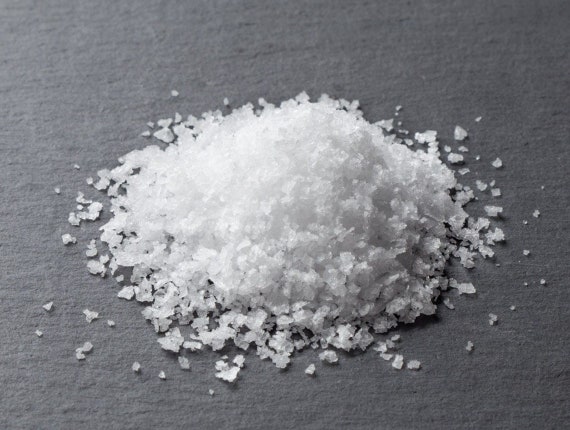 |
5. Spicecraft Koshering SaltThe Goldilocks of salt grains, Spicecraft Koshering Salt boasts a medium-sized cubic grain perfect for pinching, pickling, koshering, and BBQ. It adheres well to meat, dissolves at a moderate pace, and delivers a fantastic clean, salty flavor. Additive-free, it's an excellent choice for finishing meals, enhancing spice blends, and adding a delightful salt bite to pretzels, bagels, and bread. |
 |
Methods of Salt Manufacturing
1. Solar Salt
In New Zealand, salt is produced using the solar salt method, which involves evaporating water from a salty liquid, such as seawater. This natural process results in salt with a mild flavour from trace minerals in the seawater.
2. Mined Salt
Mined salt is extracted from ancient underground deposits all around the world. Examples include "Himalayan salt" from Pakistan and "Real Salt" from Utah. The flavour and colour of mined salt vary based on the minerals present in the deposit.
Salt Facts
- Origins: All salt originates from the sea, either recently or millions of years ago.
- Basic Human Taste: Saltiness is one of the five basic human tastes, alongside sweetness, sourness, bitterness, and umami.
- Composition: While primarily sodium chloride, higher purity doesn't necessarily mean better eating salt. Levels vary based on other "impurities," contributing to unique flavors and colors.
- Solar Salt Harvesting: Harvested through the natural evaporation of seawater, solar salt retains a mild flavor from trace elements of minerals.
- Mined Salt Extraction: Extracted from ancient underground salt deposits, mined salt's flavor and color vary based on the minerals present.
In New Zealand, where salt deposits are scarce, the abundance of sunlight and ocean resources makes solar salt the production method of choice.
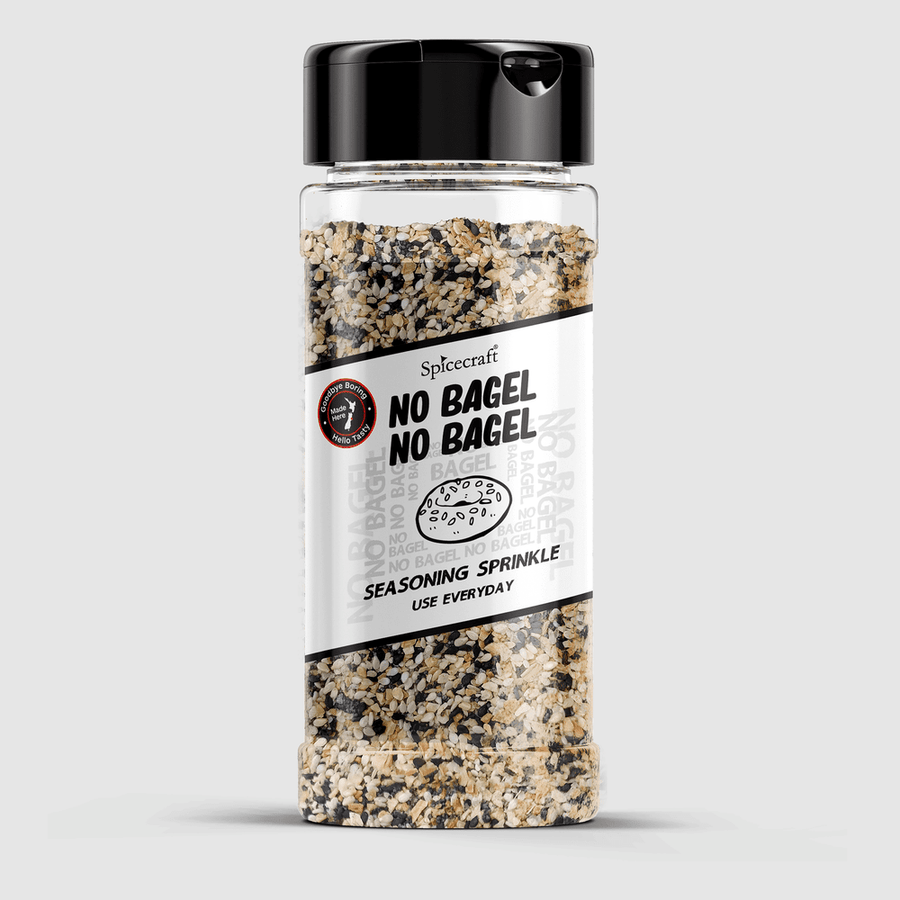










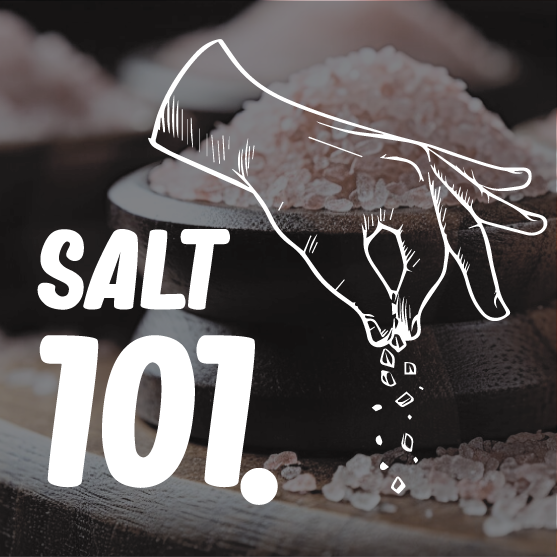
Leave a comment